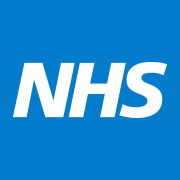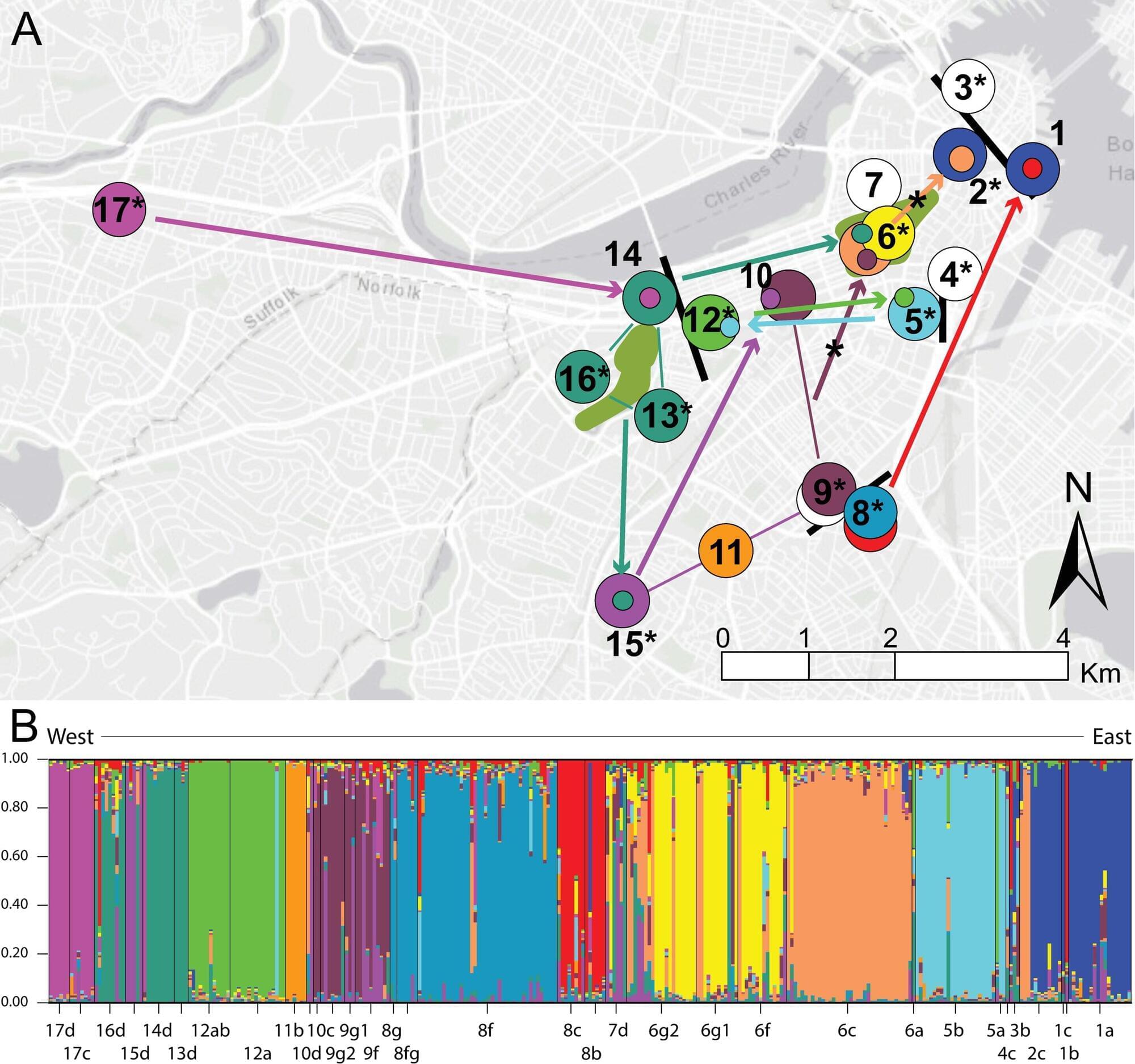Urban rats spread a deadly bacteria as they migrate within cities that can be the source of a potentially life-threatening disease in humans, according to a six-year study by Tufts University researchers and their collaborators that also discovered a novel technique for testing rat kidneys.
Leptospirosis is a disease caused by a type of bacteria often found in rats. It’s spread through their urine into soil, water, or elsewhere in the environment, where it becomes a source of infection and contamination for humans, dogs, and other species. While it’s prevalent worldwide, it’s more common in tropical regions, though a changing climate means it could become more common in colder regions as they warm.
In Boston, leptospirosis persists in local rat populations, and different strains of the bacteria move around the city as groups of rats migrate, according to a new study by Marieke Rosenbaum, M.P.H., D.V.M., assistant professor in the Department of Infectious Disease and Global Health at Cummings School of Veterinary Medicine at Tufts University, along with co-authors at Northern Arizona University (NAU), the United States Department of Agriculture (USDA), and the Centers for Disease Control and Prevention (CDC). In addition, their genetic analysis of a 2018 human leptospirosis case in Boston strongly suggests a link to rats as the source.








